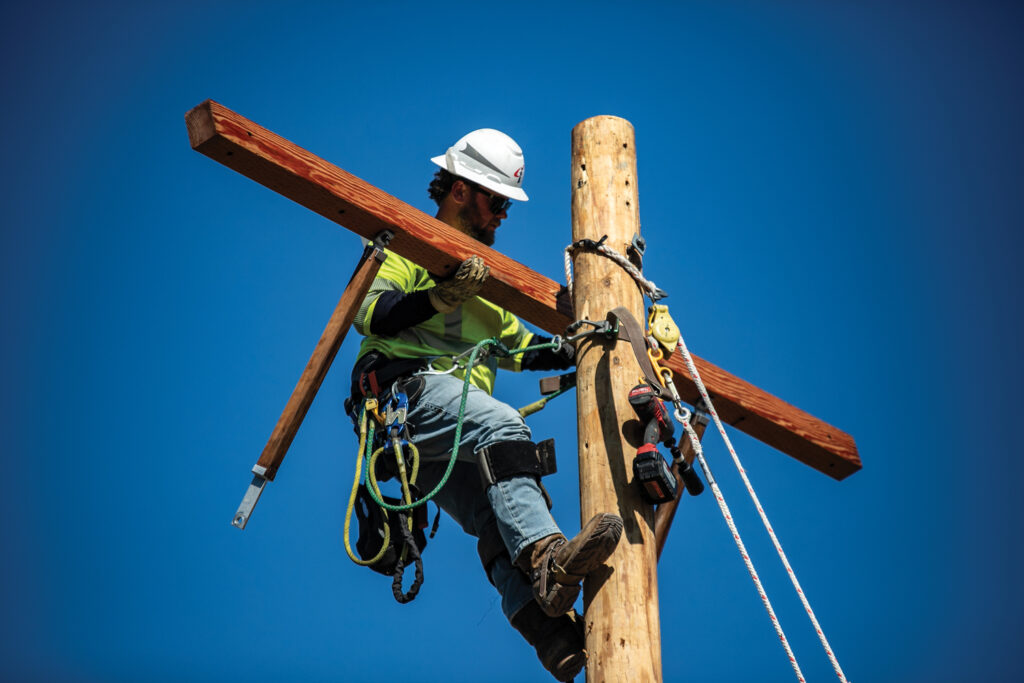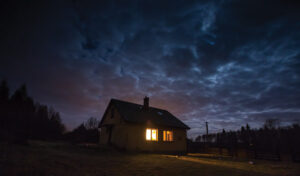Winter months are just around the corner. From freezing temperatures and heavy snowfall to icy roads and power outages, winter weather events can disrupt daily life and pose safety risks. That’s why it is important to prepare now to stay safe and warm despite challenges from Old Man Winter.
Homeward bound
Winterizing your home is the first step to ensuring safety during winter. The Centers for Disease Control (CDC) recommends installing weather stripping, insulation and storm windows, which can help keep your home warmer and more energy efficient.
It’s also important to insulate water lines that run along exterior walls to prevent freezing and bursting. Regular home maintenance, such as cleaning gutters and repairing roof leaks, can prevent damage from snow and ice accumulation.
Have your heating system serviced professionally to ensure it works properly. Additionally, inspect and clean fireplaces and chimneys, and install smoke detectors — and test them monthly. In case of power outages, having a safe alternative heating source and sufficient fuel is essential.
Keep generators, grills and camp stoves outside — at least 20 feet away from the house — to prevent carbon monoxide (CO) poisoning. Install CO detectors to alert you to the presence of this deadly, odorless gas. These devices should also be tested to ensure they are in working order. Also, be familiar with CO poisoning symptoms, which include headache, dizziness and chest pain.
Drive my car
Winter weather can make driving hazardous, so preparing your car for cold weather is essential. Make sure to service the radiator, maintain antifreeze levels and check the tire tread. You may need to switch to all-weather or snow tires for better traction on icy roads. Always keep your gas tank full to prevent ice from forming in the fuel lines.
In addition, assemble a winter emergency kit for your vehicle. This should include blankets, a flashlight, extra batteries, food and water, a cell phone charger and first-aid supplies. Booster cables, a tire pump and cat litter (for traction) can also come in handy if you get stuck.
In a winter weather event, avoid traveling unless necessary. If you must drive, avoid driving over downed lines, and if you get into a car accident involving power lines, remain inside the car and call 911.
Baby, it’s cold outside
Winter storms often lead to power outages, so it’s vital to be prepared. It is important to understand winter storm warnings. A Winter Storm Watch means severe conditions are possible in the next few days, while a Winter Storm Warning indicates dangerous weather will begin within 24 hours. A Blizzard Warning signals imminent conditions that may cause near-zero visibility.
If bad weather is predicted, fully charge your cell phone and power banks. In the case of an outage, know how to report it to your electric cooperative. Understand that when power is restored, there may be a power surge. So, unplug electronics to avoid damage, leaving one light on as an indicator that power has returned.
Restock your emergency kit. These kits should include non-perishable food, bottled water, a NOAA weather radio, medications and basic supplies such as flashlights and extra batteries.
Avoid going outdoors in the aftermath of a winter emergency event. If you must go outside, stay away from downed power lines and treat all lines as if they are energized. For more information on preparing for winter storms and staying safe, visit the CDC at cdc.gov, the Red Cross at redcross.org or Safe Electricity at SafeElectricity.org.










